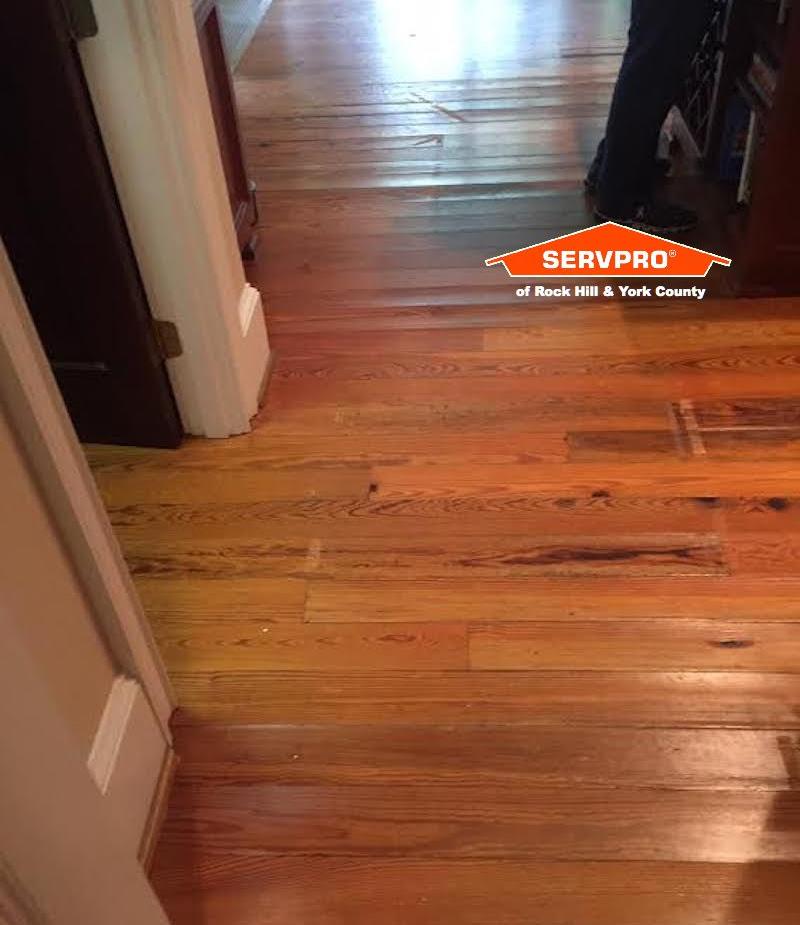We Can Restore Your Home After A Flood In Lake Wylie
10/23/2019 (Permalink)
Restoring Your Home After It Suffers Flood Damage in Lake Wylie
As many as 30% of flood damage claims in South Carolina occur in low- to moderate-risk areas for flooding. These claims can be from anything as simple as a roof leak that causes structural damage in the home after storms, to flash flooding that has soaked structures thoroughly. However, it occurs, fast action needs to be taken to prevent the growth of mold, bacteria, and damage to homes.
When you experience flood damage in your Lake Wylie home, it can be stressful and overwhelming to consider what needs to be repaired, replaced, or discarded to maximize safety. The certified technicians at SERVPRO are happy to aid in alleviating these worries with experienced teams that know the ins and outs of disaster mitigation in the event of a flood.
Questions to Consider When Choosing a Restoration Company
If this is your first time looking for a company to handle the job of restoring your home, here are a few questions to keep in mind for vetting service providers:
• Do they have proper certification and accreditation that is verifiable? Is their service licensed, bonded, and insured?
• Are technicians knowledgeable about plumbing, HVAC, and other fields relevant to disaster mitigation services? Do they observe proper and consistent safety regulations when cleaning a home?
• How experienced is the company you're considering? What is their standing in the community?
• Does the service have contemporary, commercial-grade equipment available to salvage your home after a disaster?
• What are the response times of the company, and how quickly can they reach your home?
What SERVPRO Can Do?
After a flood strikes in your home, the SERVPRO team can get right to work removing flood-contaminated items while working in tandem with property owners and insurance adjusters. Many flooding cases require removal of carpet, padding, and other water-logged, porous items to prevent the spread of microbes and bacteria that can cause illness or injury. As a result, thorough disinfection with EPA-registered cleaners happens before the drying process can begin rather than after.





 24/7 Emergency Service
24/7 Emergency Service
